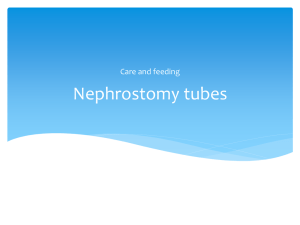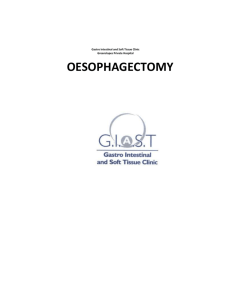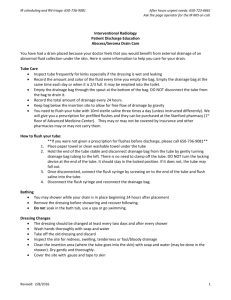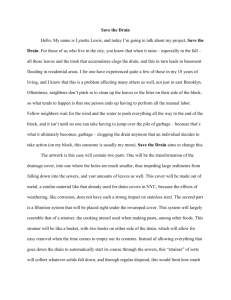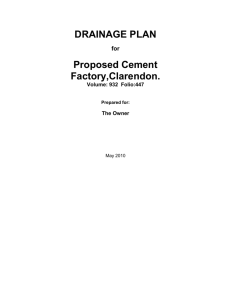Care of a Child After a Pyeloplasty
advertisement
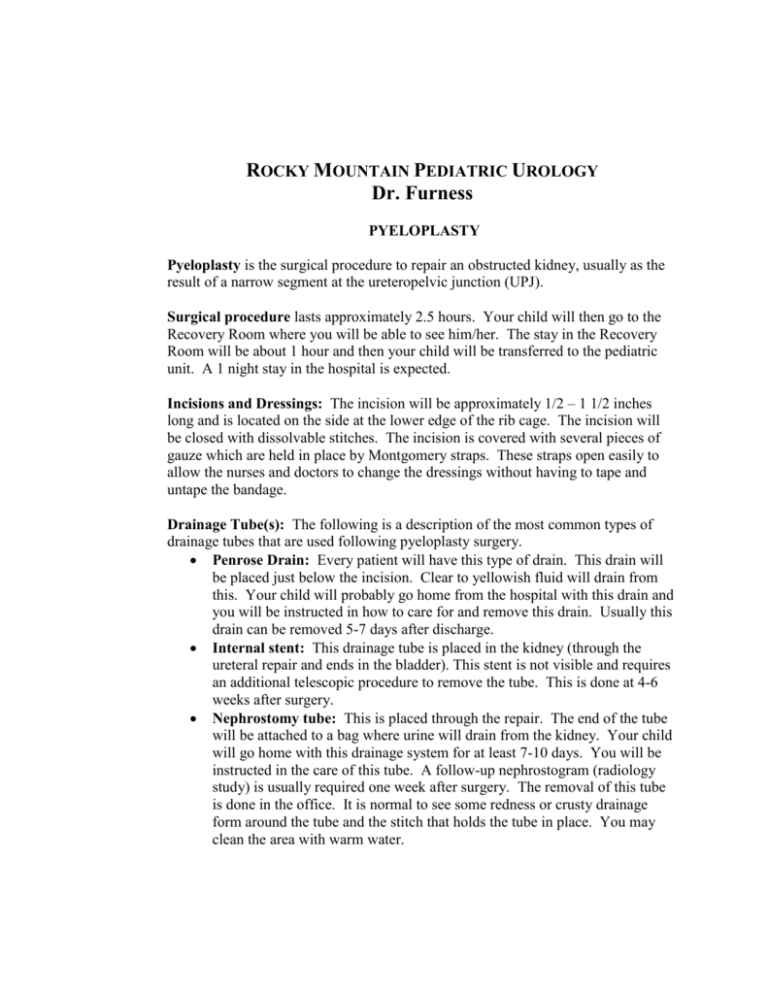
ROCKY MOUNTAIN PEDIATRIC UROLOGY Dr. Furness PYELOPLASTY Pyeloplasty is the surgical procedure to repair an obstructed kidney, usually as the result of a narrow segment at the ureteropelvic junction (UPJ). Surgical procedure lasts approximately 2.5 hours. Your child will then go to the Recovery Room where you will be able to see him/her. The stay in the Recovery Room will be about 1 hour and then your child will be transferred to the pediatric unit. A 1 night stay in the hospital is expected. Incisions and Dressings: The incision will be approximately 1/2 – 1 1/2 inches long and is located on the side at the lower edge of the rib cage. The incision will be closed with dissolvable stitches. The incision is covered with several pieces of gauze which are held in place by Montgomery straps. These straps open easily to allow the nurses and doctors to change the dressings without having to tape and untape the bandage. Drainage Tube(s): The following is a description of the most common types of drainage tubes that are used following pyeloplasty surgery. Penrose Drain: Every patient will have this type of drain. This drain will be placed just below the incision. Clear to yellowish fluid will drain from this. Your child will probably go home from the hospital with this drain and you will be instructed in how to care for and remove this drain. Usually this drain can be removed 5-7 days after discharge. Internal stent: This drainage tube is placed in the kidney (through the ureteral repair and ends in the bladder). This stent is not visible and requires an additional telescopic procedure to remove the tube. This is done at 4-6 weeks after surgery. Nephrostomy tube: This is placed through the repair. The end of the tube will be attached to a bag where urine will drain from the kidney. Your child will go home with this drainage system for at least 7-10 days. You will be instructed in the care of this tube. A follow-up nephrostogram (radiology study) is usually required one week after surgery. The removal of this tube is done in the office. It is normal to see some redness or crusty drainage form around the tube and the stitch that holds the tube in place. You may clean the area with warm water. Pain Management/Medications/ Antibiotics: Every child's tolerance for pain and their reaction to surgery is different. Your child will go home on pain medicine and it may be required for 1-2 days. If your child goes home on an antibiotic, it is usually given once a day and you will be instructed on how long to continue this medicine. Diet Advancement: Your child's fluid will be initially maintained through the I.V. As soon as he/she is alert and awake, they may begin with clear liquids and advance to their regular diet as soon as they are able. Activity: There are no specific restrictions to the child's activity. Infants and young children may be held in any position of comfort. Older children may advance their activity as tolerated. Bathing: Sponge bathe only until after the drain has been removed. If your child goes home with a nephrostomy tube, he/she may bathe or shower 24 hours after the drain has been removed. Bowel Movements: Most children do not have any problems with bowel movements. However, if your child is experiencing difficulty, please call our office and we will provide you with some suggestions. When to Call Dr. Furness: 1. If your child develops a fever greater than 102 F or 39 C. 2. If the nephrostomy tube stops draining or is accidentally pulled out. 3. If your child vomits persistently. 4. If there are any signs of wound infection. It is normal to see a small amount of redness around the incision or nephrostomy tube site. If you should see an increase in redness, if the area looks swollen, if there is any green discharge, or if there is an associated fever of 102 F or greater. Main Office Phone Number: 303-839-7200
